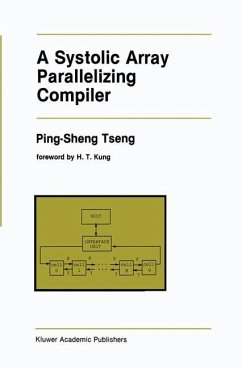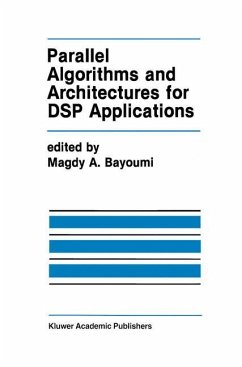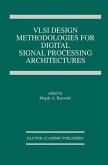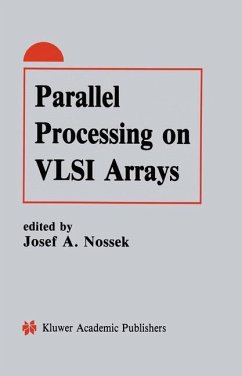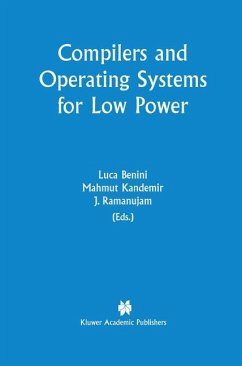Widespread use of parallel processing will become a reality only if the process of porting applications to parallel computers can be largely automated. Usually it is straightforward for a user to determine how an application can be mapped onto a parallel machine; however, the actual development of parallel code, if done by hand, is typically difficult and time consuming. Parallelizing compilers, which can gen erate parallel code automatically, are therefore a key technology for parallel processing. In this book, Ping-Sheng Tseng describes a parallelizing compiler for systolic arrays, called AL. Although parallelizing compilers are quite common for shared-memory parallel machines, the AL compiler is one of the first working parallelizing compilers for distributed memory machines, of which systolic arrays are a special case. The AL compiler takes advantage of the fine grain and high bandwidth interprocessor communication capabilities in a systolic architecture to generate efficientparallel code. xii Foreword While capable of handling an important class of applications, AL is not intended to be a general-purpose parallelizing compiler.

